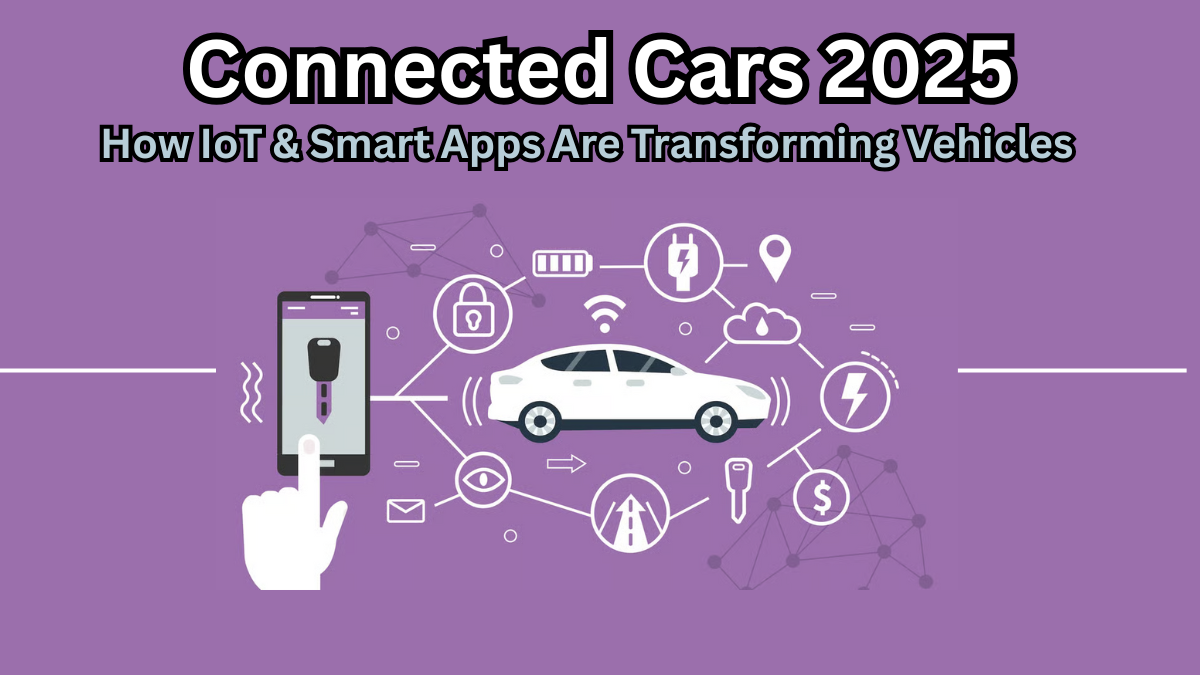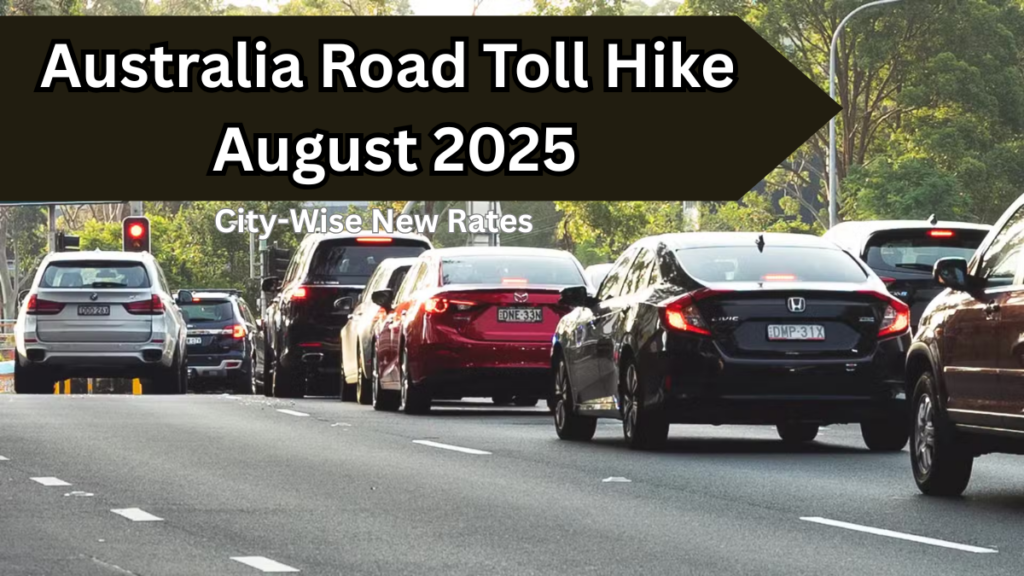The automobile industry is stepping into a smarter future, where vehicles are no longer just machines—they are intelligent companions on the road. Connected Cars 2025 promises a driving experience powered by cutting-edge IoT technology and seamless apps integration. Let’s explore how these innovations are reshaping the way we drive, travel, and interact with vehicles.

Table of Contents
What Are Connected Cars?

Connected Cars 2025 refers to the next generation of vehicles that use internet connectivity and advanced sensors to communicate with:
-
Other vehicles (V2V – vehicle-to-vehicle communication)
-
Road infrastructure (V2I – vehicle-to-infrastructure communication)
-
Cloud-based apps and services
These smart vehicles use IoT systems to provide real-time data, enhance safety, and deliver entertainment and convenience at your fingertips.
Key Features of Connected Cars in 2025
Here’s what you can expect from Connected Cars 2025:
Feature |
How It Enhances Your Drive |
|---|---|
IoT Integration |
Connects vehicle systems with external devices and infrastructure |
Advanced Safety Features |
Automatic emergency braking, lane-keeping assist, and collision alerts |
Smart Apps |
Enables remote start, climate control, and parking assistance via smartphone |
Real-Time Diagnostics |
Monitors engine health, tire pressure, and fuel levels through connected apps |
Over-the-Air Updates |
Keeps your vehicle software up-to-date without visiting the dealership |
How IoT and Apps Are Revolutionizing Vehicle Connectivity
The synergy between IoT, apps, and vehicles is creating smarter, safer, and more personalized driving experiences.
Benefits of IoT in Connected Cars
-
Improved Safety: Sensors and cameras powered by IoT reduce accidents by providing timely warnings.
-
Enhanced Navigation: Vehicles receive live traffic updates and alternative route suggestions.
-
Predictive Maintenance: IoT alerts drivers before potential breakdowns, saving time and money.
How Smart Apps Are Making a Difference
-
Control car functions remotely (lock/unlock, start engine)
-
Schedule maintenance appointments via app notifications
-
Find parking spots or EV charging stations in real time
Real-World Applications of Vehicle Connectivity
Here’s how Connected Cars 2025 are transforming everyday journeys:
Scenario |
Connected Car Solution |
|---|---|
Stuck in traffic? |
Apps suggest quicker alternative routes using real-time data |
Forgot to lock your car? |
Lock it from anywhere using your smartphone |
Engine light turns on? |
IoT diagnostics tell you what’s wrong before you visit a mechanic |
FAQs
What is the main purpose of connected cars?
Connected cars aim to make driving safer, more efficient, and enjoyable by using IoT technology and apps that allow real-time communication between the vehicle, the driver, and external systems.
Are connected cars safe from hacking?
Manufacturers are investing heavily in cybersecurity for Connected Cars 2025. Features like encrypted communication, firewalls, and regular software updates help protect against unauthorized access.
How do connected car apps help drivers?
Connected car apps let drivers monitor their vehicle’s health, control certain functions remotely, and get assistance with navigation and parking—making daily driving more convenient.
Will all vehicles be connected by 2025?
While not every car will be connected, the adoption of vehicle connectivity is growing rapidly. Many new models, especially in the premium and mid-segment categories, will feature IoT and app-based systems as standard.
Final Thoughts
The future of driving is here with Connected Cars 2025. Thanks to IoT, vehicle connectivity, and smart apps, your car is no longer just a means of transport—it’s part of a larger digital ecosystem that keeps you safe, informed, and connected on every journey.
Click here to learn more





